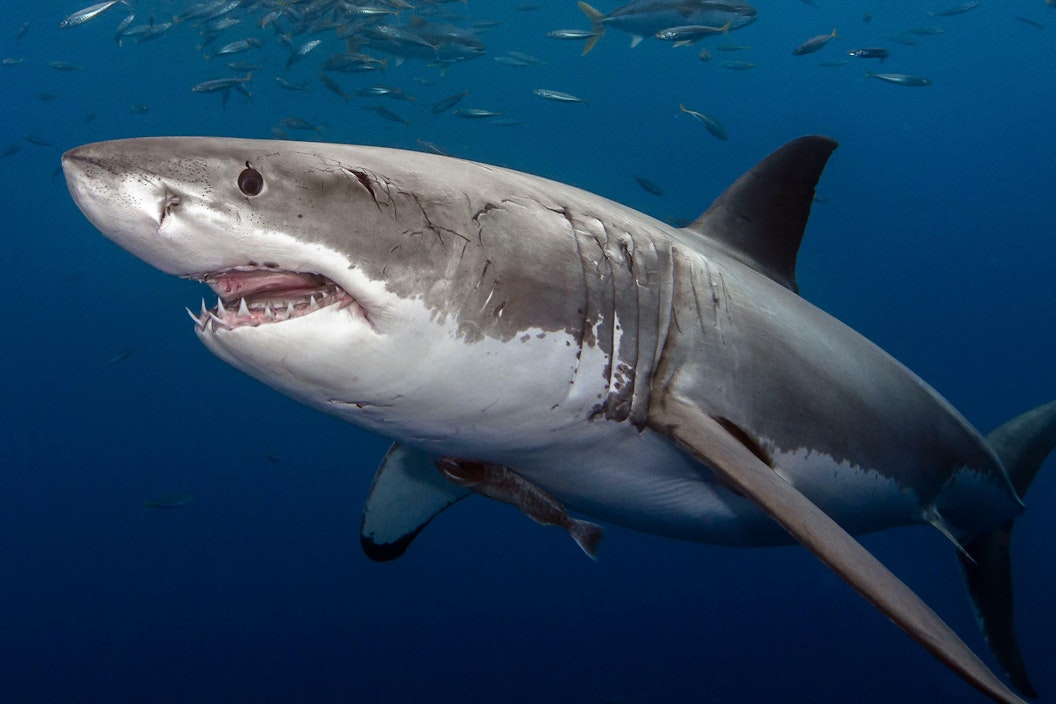
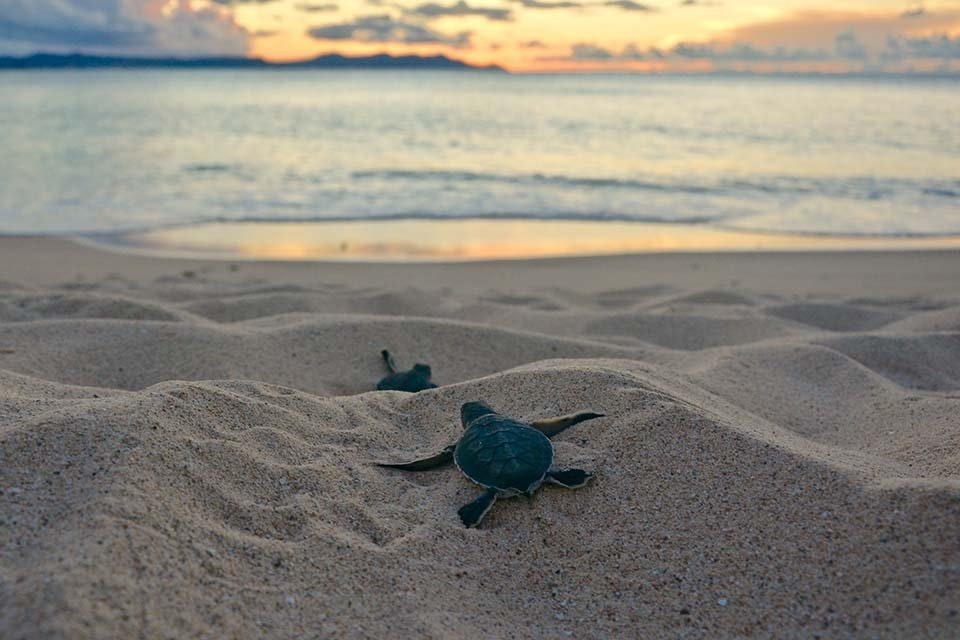
Program
Wildlife
.
.
Introduction
Protecting and preserving remarkable wildlife.
The sound of an elk bugling. The wild eyes of a spotted owl. A salamander slinking under a rock. National parks are home to a vast diversity of wildlife, often providing ideal habitat and serving as a sanctuary for many species. Still, species face an onslaught of threats, from climate change, human interference, emerging diseases, nonnative species, and habitat fragmentation at the landscape level.
In order to stay resilient in the face of continual threats to ecosystems, parks must carefully monitor wildlife and their habitats and respond accordingly. Working closely with the National Park Service (NPS), the National Park Foundation (NPF) supports priority natural resource projects through on the ground restoration and protection actions, adaptive management practices, and landscape level conservation efforts. NPF and NPS’ collective efforts help conserve native species and restore critical habitats, leading to healthy and vibrant ecosystems with thriving wildlife.
Program Stories
Learn more about NPF's Wildlife program and the projects it funds in parks.

-
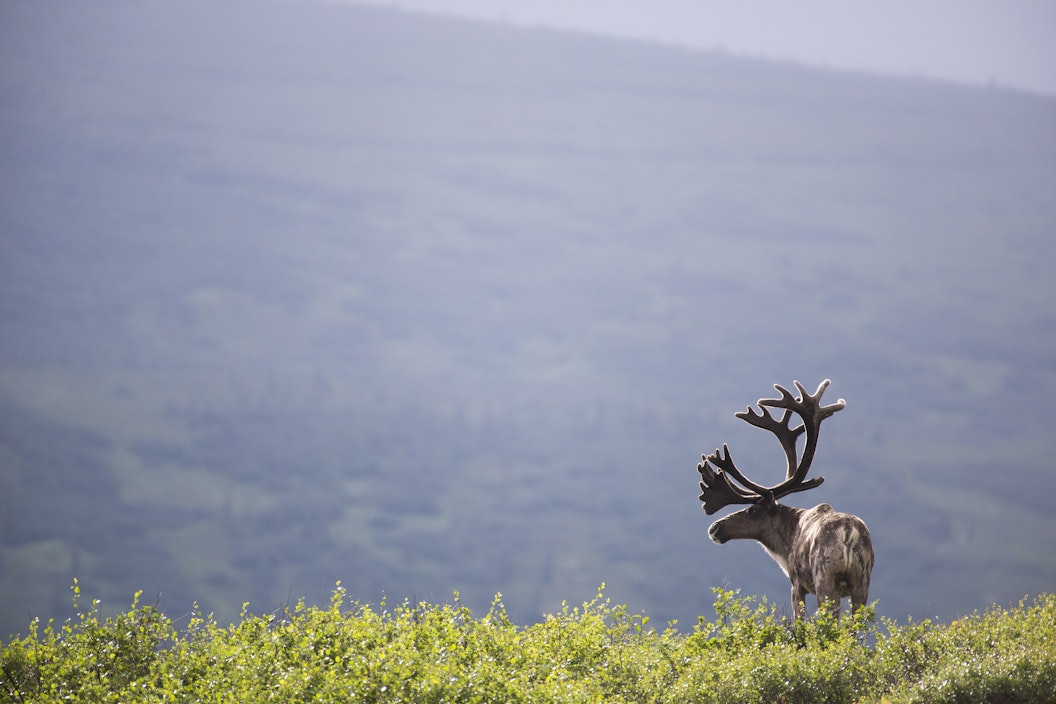 Researching Denali's Wolf and Caribou PopulationsNPF funding furthers one of the longest-running wildlife monitoring programs in the world.
Researching Denali's Wolf and Caribou PopulationsNPF funding furthers one of the longest-running wildlife monitoring programs in the world. -
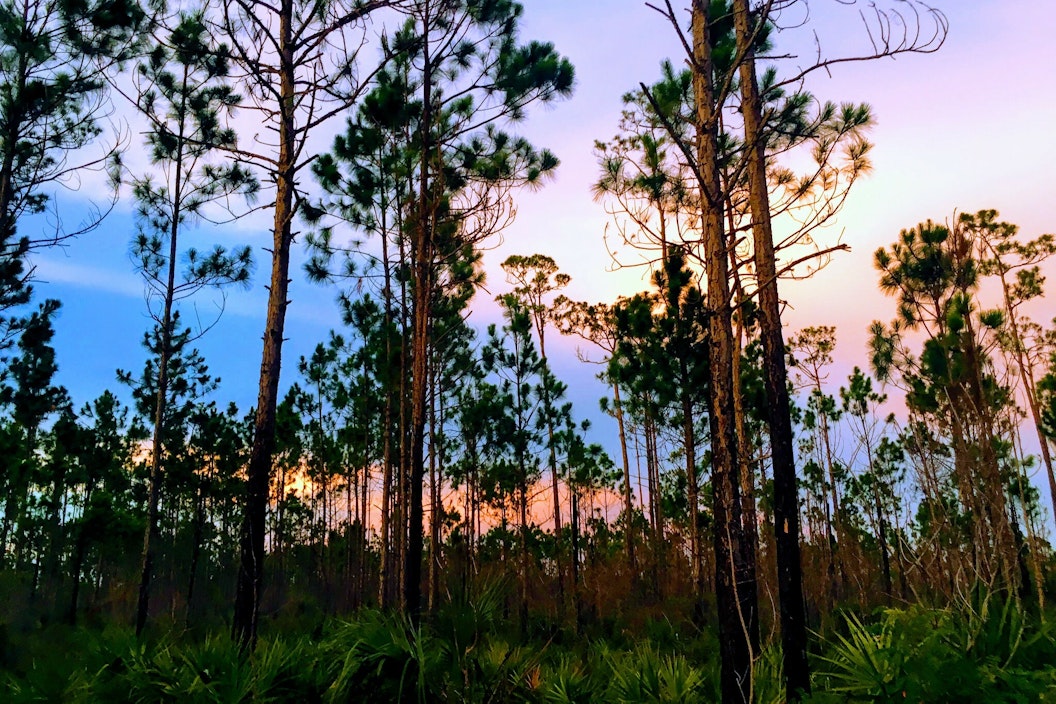 Protecting the Wonders of Everglades National ParkNPF funding helped support several projects to protect the Everglades' natural resources.
Protecting the Wonders of Everglades National ParkNPF funding helped support several projects to protect the Everglades' natural resources.
Program Highlights
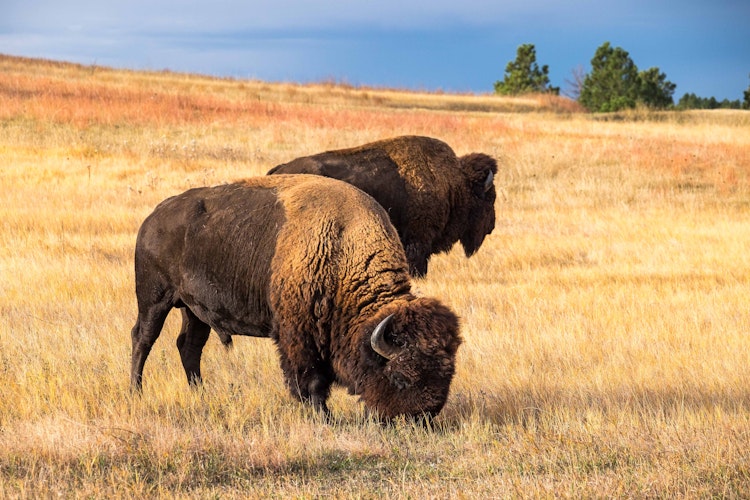
NPF supports efforts to protect at-risk species, including those listed as federally endangered or threatened species, along with other rare, declining, sensitive, or endemic wildlife. Wildlife research conducted by park scientists informs park management decisions and contributes to scientific knowledge about these unique species. On occasion, this work may include reintroducing at-risk species back to their native ranges within national parks. Recent efforts include protecting vulnerable corals at Biscayne National Park, surveying riverside habitats for the threatened western yellow-billed cuckoo at Glen Canyon National Recreation Area, and a study on bison genetics that will inform the Department of Interior’s bison conservation planning.
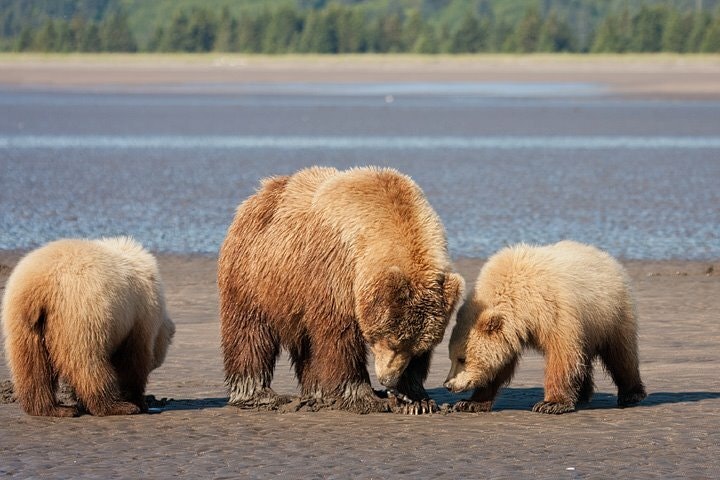
Through research and management, NPF works to promote healthy populations of native wildlife species. Park scientists and partners conduct studies that collect key baseline and long-term data on wildlife population abundance and range, ecosystem dynamics, migration routes, and responses to various environmental and human factors. Resource managers use this data to respond to threats such as emerging wildlife diseases, to inform species and habitat management, and for visitor-use planning decisions. Current NPF-funded projects are examining the ecosystem dynamics of bears, sea otters, and razor clams in Lake Clark National Park & Preserve as sea otters begin to repopulate the coasts, how white sharks use shallow near-shore waters at Cape Cod National Seashore, and translocating prairie dogs from construction sites to new release sites within Petrified Forest National Park, helping rebuild colonies impacted by plague.
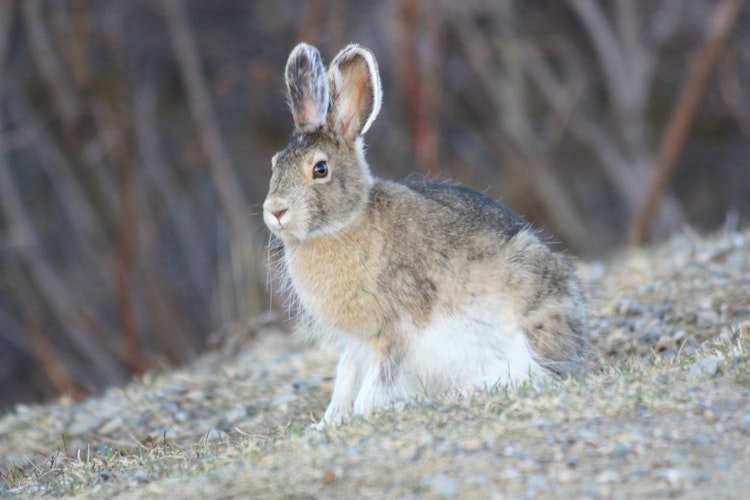
Rapidly changing climate conditions continue to dramatically impact park ecosystems. Through scientific assessments, park scientists can better understand risk factors for vulnerable species and their potential for resiliency in the face of climate change. Current NPF grants support studies that look at camouflage mismatch of snowshoe hares due to changing snow conditions at Isle Royale National Park, impacts of changing boreal and arctic ecosystems on caribou herds at Denali and Gates of the Arctic National Park & Preserves, and use of melting tidewater glacier habitat by harbor seals in Kenai Fjords National Park.
Program Updates
-
UpdateProtecting Wildlife: NPF Grants Support Threatened and Endangered Species
-
UpdateBringing Freshwater Mussels Back to Cuyahoga Valley National Park
-
UpdateIce as Habitat: Quantifying Seasonal Glacial Ice Used by Harbor Seals in Kenai Fjords National Park
-
UpdateSnowshoe Hares at Isle Royale: Scientific Research Examines Wildlife Interactions and Climate Impacts
-
UpdateRemoving Invasive Grasses to Reintroduce Rare Desert Frogs at Saguaro National Park
-
UpdatePrairie Dog Management Translocates 100 Prairie Dogs to Petrified Forest National Park
-
UpdateCalifornia Condors Take Flight in Redwoods
-
UpdateAnother Year of Impact in Our Parks
-
UpdateReflecting on a Year of Achievements in Our National Parks
-
UpdateMonitoring the Golden Eagle in Yellowstone National Park
-
UpdateReintroducing Wolves to Yellowstone National Park
